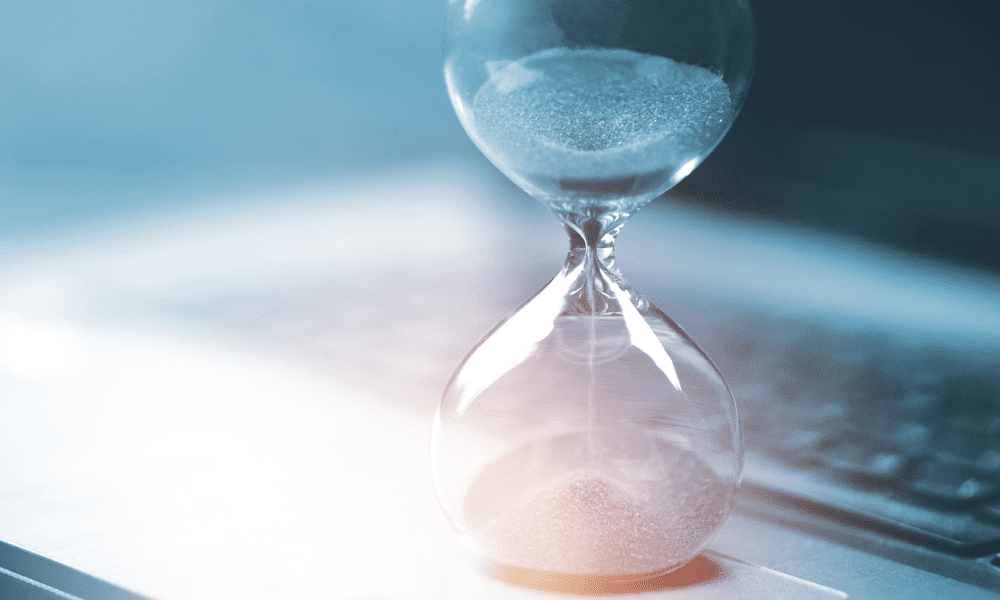If so, you might want to start using timestamps in Google Sheets. Timestamps are values that show the exact date and time of something. They can be useful for various purposes, such as logging activities, tracking progress, measuring performance, or creating reports. We’ll show you how to use timestamps in Google Sheets below.
How to Insert Static Timestamps Using Keyboard Shortcuts
The easiest way to insert a timestamp in Google Sheets is to use keyboard shortcuts. These keyboard commands let you quickly enter the current date or time (or both) into a cell. Here are the keyboard shortcuts for inserting static timestamps in Google Sheets:
To insert the current date: Ctrl + ; (hold the Control key and press the semicolon key)To insert the current time: Ctrl + Shift + ; (hold the Control and Shift keys and press the semicolon key)Or to insert the full timestamp: Ctrl + Alt + Shift + ; (hold the Control, Alt, and Shift keys and press the semicolon key)
Note that these shortcuts will insert static timestamps, which means they won’t change unless you edit them manually. These shortcuts also use your spreadsheet’s default date and time format settings. You can change these settings by selecting your timestamp, pressing Format > Number > More Formats, and choosing an alternative.
How to Insert Dynamic Timestamps Using Formulas
Another way to insert a timestamp in Google Sheets is to use formulas. These are expressions that calculate values based on specific criteria or conditions. The advantage of using formulas is that they can insert dynamic timestamps, which means they will update automatically whenever there is a change in your spreadsheet or when you reopen it. Here are some formulas for inserting dynamic timestamps in Google Sheets:
To insert the current date: =TODAY() (this formula returns today’s date)To insert the current time: =NOW() (this formula returns the current date and time)To insert a custom timestamp: =DATE(year,month,day)+TIME(hour,minute,second) (this formula lets you specify any date and time, but you’ll need to update the year, month, day, hour, minute, and second as numerical values yourself)
You can insert these formulas by selecting an empty cell in your spreadsheet and typing them into the formula bar at the top. These formulas will recalculate every time there is a change in your spreadsheet or whenever you open (or refresh) the page. They won’t preserve the original timestamp unless you copy and paste them as values. Like static timestamps, you can customize the format of their responses by pressing Format > Number > Custom date and time and choosing an alternative.
Managing Time in Google Sheets
Timestamps are a great way to keep track of your activities using your Google Sheets spreadsheet. Using the steps above, you can easily insert static or dynamic timestamps. If you’re new to Google Sheets, there might be other things you need to learn about next. For instance, you might want to learn how to copy values and not formulas when manipulating your data. If you’re working with a large dataset, you can also easily query other sheets in Google Sheets. Comment Name * Email *
Δ Save my name and email and send me emails as new comments are made to this post.
![]()



